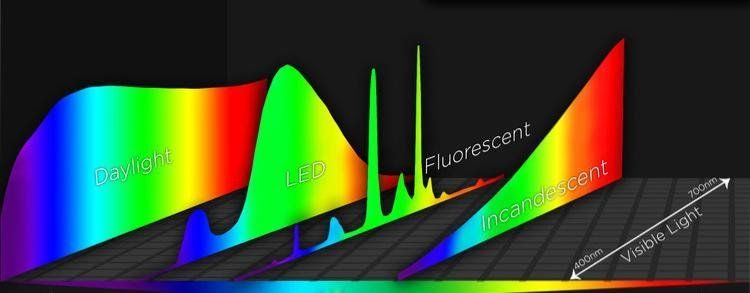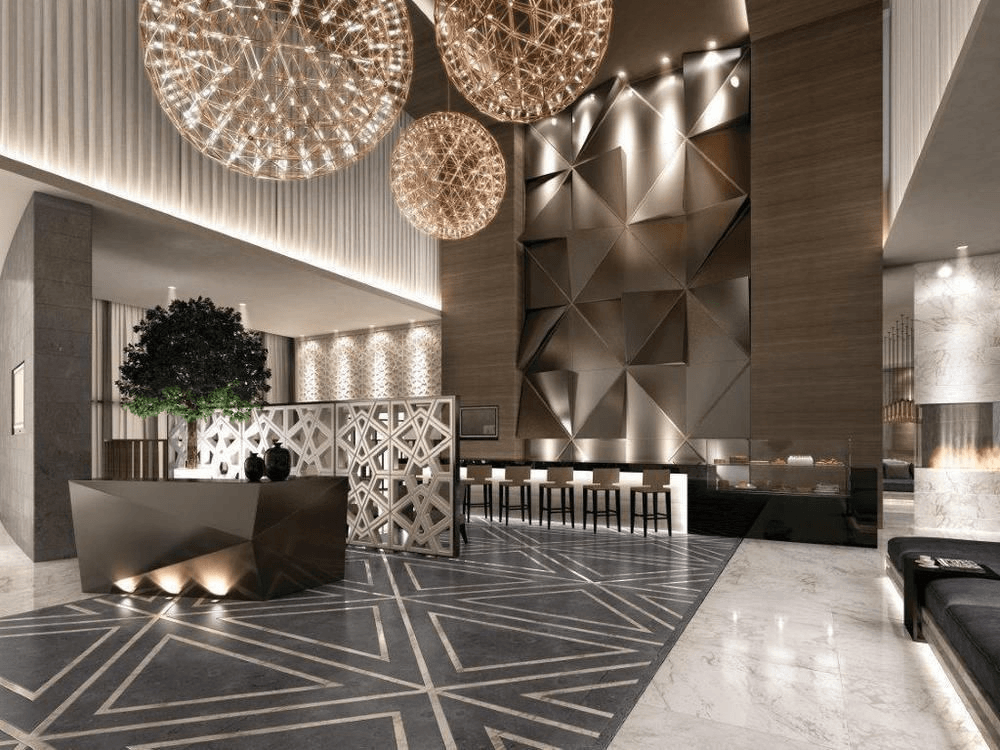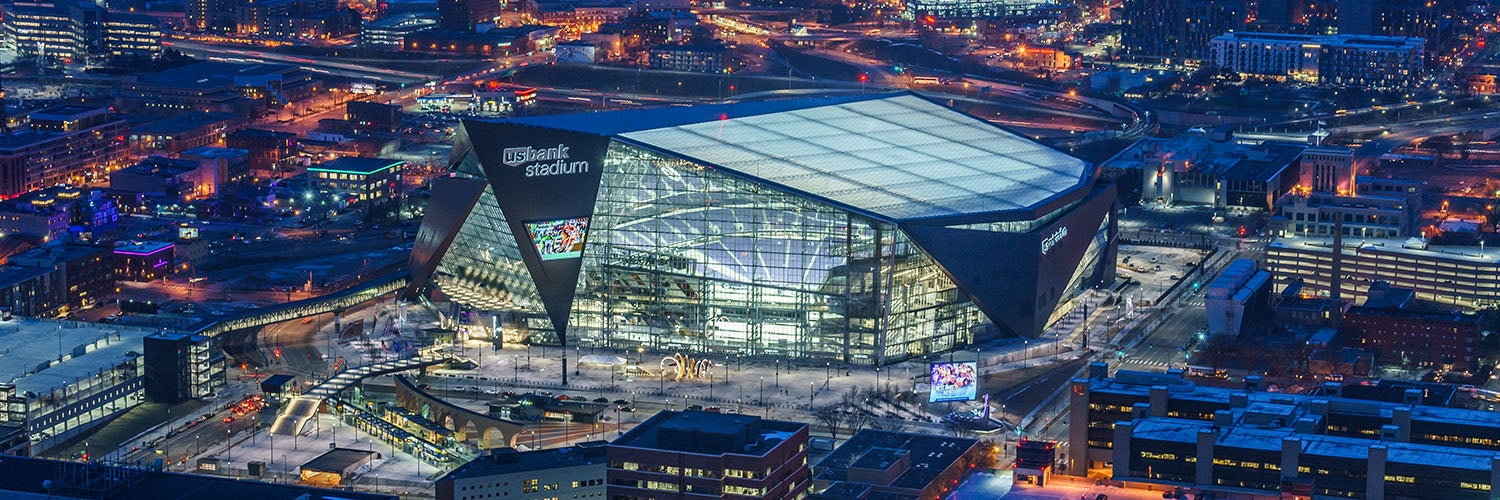LED Upgrade Spotlight: Restaurants & the Benefits of LEDs
There are many different kinds of restaurants and each one is going to need something a little different from its lighting. This article will focus on a few elements for various kinds of dining establishments. We’re not gonna try to hide it either: we’re gonna push LEDs pretty hard. We made LED lighting our business for a reason, after all. We believe in the technology. We are impressed with the versatility. And then there’s the cost savings, which can be substantial.
First let’s look at a few things that every restaurant regardless of price point or dining experience should consider when it comes to lighting. Some crucial factors are ambiance, dimmability, highlighting, and exterior lighting.
Let’s tackle ambiance first. We’ve discussed elements of this a few times before in previous articles, but it’s worth considering a few factors with respect to restaurants specifically. Color temperature and CRI are crucial when considering lighting the space where your guests will be eating the food prepared in your kitchen. You could have the best, highest Michelin star rated food in the world, but if your lighting is substandard, it will look unappetizing and will put people off. Make sure your lights score at least 80 on the CRI.
Color temperature is also important. High-end restaurants typically use warmer colored lights. Warmer, dimmer lights help to convey the message that it’s okay to sit for extended periods of time, relax, and perhaps order additional drinks or dessert. Conversely, in fast food or fast casual restaurants where turning tables quickly is a big part of the business model, warm, dim lighting is perhaps not the most appropriate. These types of restaurants benefit from cooler color temperatures and generally somewhat brighter lighting.
There are no hard and fast rules about any of these things of course. Ultimately it comes down to the story you’re trying to tell about your restaurant. How do you want people to interpret your space?
Dimmability should also factor into how you light your restaurant, especially the dining areas. In general you should probably put in many more dimming zones and controls than you think you’d ever need. As you look around the space you may be completely certain that all the lights in all the recessed cans will always be at the same level, but once people are in the space, the food is being served, and the drinks are being shaken up behind the bar, you may realize that one part of the restaurant would benefit from slightly brighter light while that corner over there should be a bit dimmer for a more intimate feel. Without a variety of zones and controls, you won’t be able to tailor your space exactly how you want it. Regardless of how you decide to set up your space, dimmable LEDs are a great solution.
If you were to think about your favorite restaurant (not one you’re associated with - that doesn’t count!) what about it stands out to you? The food, of course, almost certainly. But what else about it? It could be the light emanating from inside. The glow of the neon logo, the familiar modernist chandeliers hanging in the waiting area, the dimly lit table in the corner, all these elements are carefully chosen and plotted. The things that make your favorite restaurant your favorite didn’t happen by accident. Similarly, yours won’t be anyone’s favorite restaurant by accident either.
One way to use intentional lighting is by highlighting the right things. Illuminating the floor is important of course. People need to see where they’re going. But diners need to see what they’re eating, too. And why spend money on those fantastic original paintings by that local artist if they’re just going to sit in shadow on the wall?
When deciding what to highlight, take a look around your space. What are your eyes drawn to? What things would you want your guests to see? Chances are that if your eyes aren’t drawn to the places you’d like to highlight, your patrons’ eyes won’t be either. When highlighting a piece of art or even a table, it’s best to select a feature that’s three to four feet from the thing you want to call attention to.
When using spotlights in your space, be careful not to blind your patrons. Too often dimly lit restaurants use halogen track spots that are poorly positioned and wind up causing uncomfortable glares in patrons’ eyes.
Just as important as everything already mentioned in this article is your exterior lighting. This encompasses everything outside your business: signage, pathways, and even the facade. Gobo lights can shine your logo on the sidewalk, waterproof LED spotlights can be used to uplight the exterior. LED filament-style bulbs are great for hanging string lights.
Don’t forget your parking lot and employee entrances too. LED wall packs are a great solution for functional exterior lighting. They’re not all that aesthetically pleasing but your employees and delivery drivers will thank you for the abundance of light they emit.
An LED retrofit upgrade from HardWire will save you money on your energy and maintenance costs while sacrificing nothing in lighting quality or aesthetics.
Common bulbs by restaurant type
Quick serve
Quick serve restaurants typically benefit from more even, cooler lighting. T8 LED tube lights are the perfect plug-and-play replacement for old, tired, flickering fluorescent lights.
BR30 flood lights are excellent for track lighting and can be used to illuminate menu boards, artwork, tables, or anything else that needs additional lighting.
Fast casual
Fast casual restaurants tend to incorporate a larger variety of fixtures. Tubes, track lights, and pendants all have their place depending on how you want to light your space. Whatever your preference, SunLake has the bulbs you need.
For pendants, consider using A- (traditional) or G-series (globe) bulbs.A standard 60 watt bulb replacement is a simple, go-to bulb for just about any basic lighting need. There are also Decorative bulbs for fixtures that are intended to show off the lamps themselves. Globe lights are a nice step up from a standard A19 bulb.
Edison filament-style LED bulbs are a great way to add a touch of class to any fixture. Dimmable and waterproof they’re perfect for indoor or outdoor use.
Fine dining
Of the restaurant types we’ve discussed, ambiance is most important for fine dining establishments. Creating an up-scale atmosphere enhances the whole experience and the lighting itself can actually affect the way the food is perceived by diners. Some common types of lighting in fine dining establishments are recessed lighting, pendants, and accents.
Recessed lighting commonly uses BR-type bulbs, typically BR20s, BR30s, and BR40s. The main difference with these being size and the amount of lumens they produce. The most common of these is the BR30.
Accent lighting benefits most from PAR-type bulbs. They provide focus beams of powerful light to highlight and accent artwork, tables, or anything else you wish to illuminate. The BR30 is the most commonly used indoor PAR bulb. Typically PARs are outdoor flood lights but do work well as indoor spotlights. A PAR38 is slightly larger and more powerful.
For pendant fixtures in your fine dining restaurant, We recommend filament-style bulbs. The ST19 is a beautiful bulb for these applications.
Regardless of the type of dining establishment you have, ambiance is key to making it a success. HardWire Lighting’s team of highly qualified professionals can put together a comprehensive plan to outfit your space with the best energy-saving, maintenance-free lighting available. HardWire’s 5-year, industry-leading warranty will help you rest easy knowing that should anything go wrong with any bulbs we install, we’ll make it right.
Contact us today for a free consultation.





